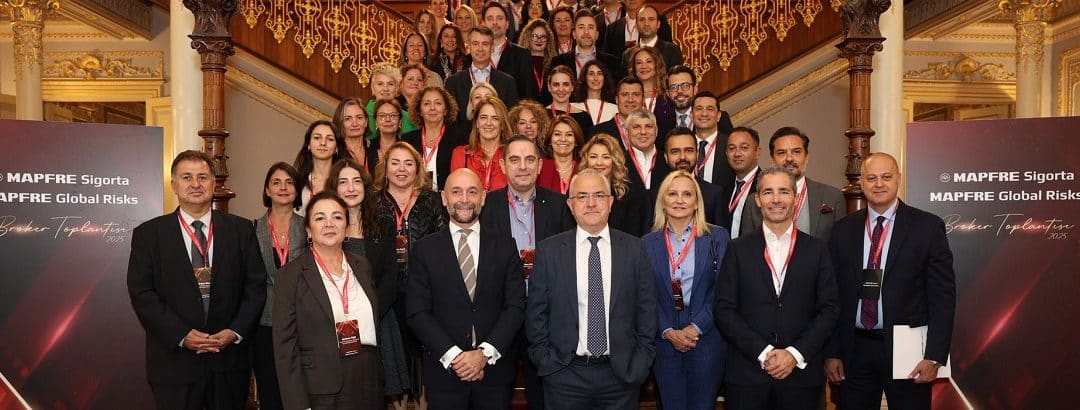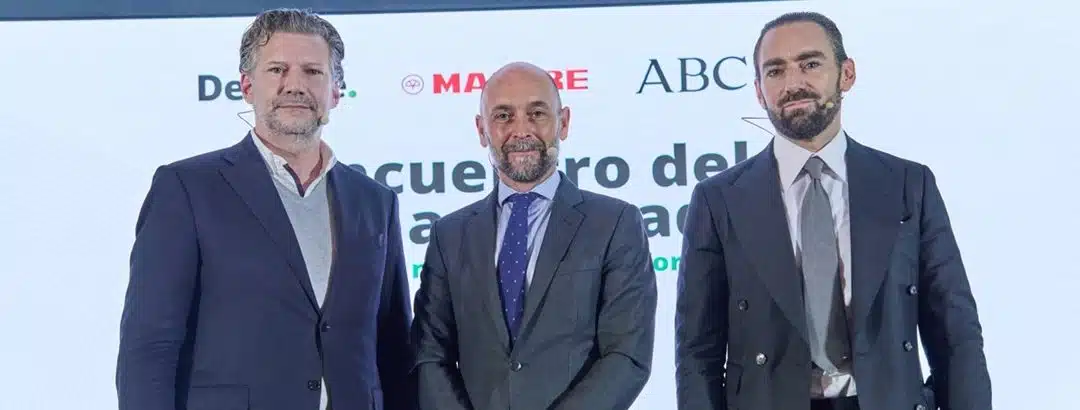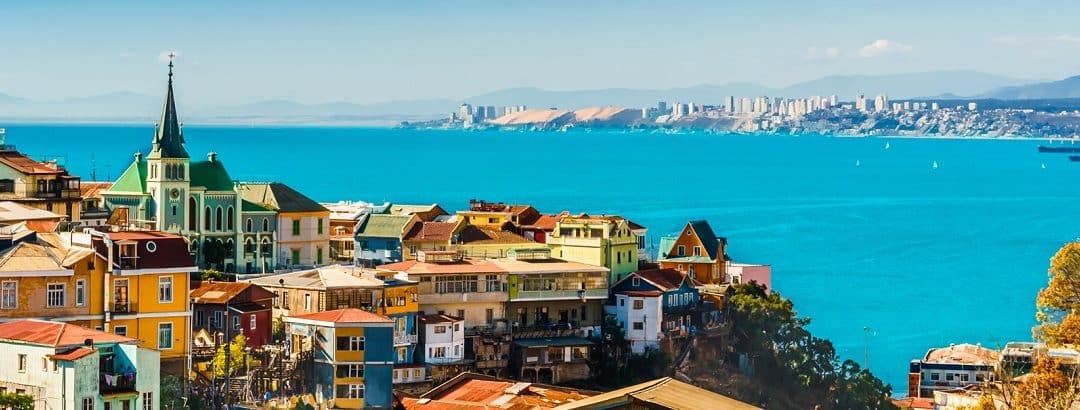Cristina Leon Vera | 30/07/2024
The captive market is growing significantly on a global scale, defining new localization, innovation, and risk management strategies. During the MAPFRE International Global Risks Seminar, the impact of this growing business on the industry was analyzed.
To address this line of business and its close links with the Global Risks industry, Carlos Villanueva, Deputy Manager of Operations and Data at MAPFRE Global Risks, moderator of the round table, described of this growing market: today there are more than 60,000 captives registered in different parts of the world, and more than 70 countries have legislation adapted to this model of corporate insurance.
He was joined by Ignacio Gomar, Corporate Insurance Supervisor at Naturgy, Diana Beltrán, General Manager of Saphire, and Georges Michelena, supervisor of the Spanish companies of Risk & Reinsurance Solutions, who provided different geographical perspectives and their different regulatory frameworks, the impact of market cycles on the opening and closure of captives, and the strategic importance of this insurance mechanism for many international companies. In this context, everyone acknowledged the importance of highlighting the three key players in this business: the broker, the captive company, and the insurance company.
The regulatory footprint in the industry
Georges Michelena recalled that it has been forty years since the first reinsurance regulation was established in Luxembourg, which was the starting point for a large number of captives which started to die out at the end of the century, when the International Tax Transparency Standard led to the softening of the market. “Since 2015, with the fall of banking secrecy, we have once again seen a large number of captives growing, especially from France, Belgium, Germany and, now, Spain,” said the supervisor of Risk & Reinsurance Solutions. Ignacio Gomar, from the viewpoint of a European company with an international presence, added that “right now in Spain the technical conditions do not exist for there to be a transfer of captives from Luxembourg,” and not only because of its tax breaks, but also because of the regulatory pragmatism of the region.
The Latin American case was presented by Diana Beltrán, who explained that in her region “there is no country with specific legislation, meaning that ‘Multilatinas’ have to look for a domicile other than their own country—mainly Bermuda, the Cayman Islands, which have more than 600 incorporated captives, and the United States.”
The Importance of adjacent players
The decision to set up a captive must not only be aligned with a company’s risk policy; it must also be aligned with its strategic plan and that of its stakeholders. “Otherwise, and due to the harshness of the market today, in the long-term it can be more of a problem than a tool,” said Gomar, who described them as “structural solutions.” In this corporate decision there are other players who are very much involved in its success, according to the expert: the broker and the fronting company (insurance company that assumes a risk, but actually transfers all or a large part of its coverage to other insurers). Naturgy’s supervisor explained in his experience that “the broker is mindful of local regulations and MAPFRE, our fronting company, is able to meet the requests of each country’s regulator. We find ourselves in regions where they require a limit of liability, failure, supply, etc., and there is no insurance company that can assume it. Therefore, MAPFRE’s flexibility to meet and understand our needs is fundamental.”
Diana Beltrán explained from her perspective the positive experience of “dealing directly with insurance companies,” something that leads to greater profitability and efficiency in the exchange of information.
Advantages of captive deployment
The customization of coverage and the efficiency of risk management adapted to the specific situation of a company are two of the main advantages of an insurance initiative based on the captive model, although they are not the only ones. “You have a higher bargaining power, cost efficiency, claims management—because we have the same risk as the insurance company—, and vertical integration, as we are part of the coverage management,” said Diana Beltrán.
However, setting them up has become somewhat more complex in recent years, because, as Georges Michelena points out, “stricter and stricter requirements are being demanded, meaning that some proportionality within the sector is being lost.” To deal with this bureaucratic handicap, internal auditing processes are established to adapt the project to the competitive and regulatory situation of the market from the very beginning. “Companies are interested in being at the negotiating table with insurers,” said Ignacio Gomar. “Being able to participate in the choice of the appraiser, the lawyer, in the calculation of the claim… is fundamental. In fact, we don’t understand not doing so. Because of the reputational impact, as well. It is critical for us to be able to define a strategy with our insurers that is consistent with our philosophy,” he concluded.





